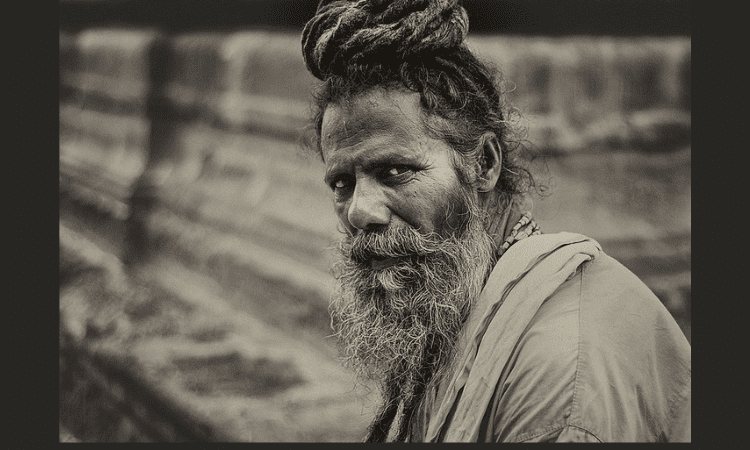Exploring Political Influences at Maha Kumbh
Religious Gatherings also Attract Those Eager to Influence Masses
January 12, 2025
Photo by Rajarshi Mitra, under a Creative Commons license
The 2025 Maha Kumbh is set to begin on Jan. 13 in the city of Prayagraj in Uttar Pradesh, representing one of the largest religious gatherings on the planet. According to media reports, over 400 million people are expected to participate in the gather. Is this assembly purely religious, or has it evolved also into a platform for political influence?
The Maha Kumbh, or full Kumbh, is celebrated every 12 years at one of four rotating cities—Haridwar, Prayagraj (formerly known as Allahabad), Nashik and Ujjain—determined by planetary alignments. An Ardh Kumbh, or “half” Kumbh, occurs every six years at either Haridwar or Prayagraj. And the Magh Mela, often referred to as the mini-Kumbh, takes place annually in Prayagraj.
Ancient scriptures, such as the Puranas, recount the churning of the ocean—Samudra Manthan—by gods and demons seeking the nectar of immortality (amrita) contained in a kumbh (pot). Legend holds that when the nectar emerged, a battle ensued, and drops of amrita fell at four locations, marking the present-day sites of the Kumbh. Today, attendees from across India and around the globe come to bathe in the holy waters, convinced of the ritual’s ability to grant relief from worldly sufferings.
According to some accounts, its beginnings trace back to eighth-century philosopher Adi Shankaracharya, who encouraged religious teachers and ascetics to congregate.
On how the governments got involved in Kumbh gatherings, Prof. James Lochtefeld from Carthage College explains that during the Kumbh’s most sacred moments, certain sects called akharas have special access to key bathing spots, which are off-limits to the public, as noted by The Indian Express in 2021. These akharas parade to these spots in grand processions called shahi snans or “royal baths,” displaying weapons and banners to signify their authority. The involvement of governments started as a response to mediate conflicts, notably after the violent 1760 Haridwar Kumbh Mela, where 18,000 people died. Gradually, governments became the main organisers of the event.
Generations of attendees continue to arrive at the Maha Kumbh primarily for deeper spiritual realisation. However, the immense size of such gatherings also attracts those eager to influence large masses.
Kama Maclean’s book, “Pilgrimage and Power: The Kumbh Mela in Allahabad, 1765-1954,” suggests that the Kumbh had been used as a platform for promoting Hindu nationalism, especially during the late colonial period. The festival’s vast gatherings were leveraged by Indian nationalists – distinct from the broader anti-British movement led by the Indian National Congress – to propagate ideas of unity against British rule, subtly intertwining religious gatherings with political messages, according to the book.
During the 1977 emergency, when the government of Indira Gandhi, of the Congress Party, exercised total control over communication, radio and television broadcasts prominently featured the Prime Minister’s 20-point programme and Sanjay Gandhi’s five-point programme. These broadcasts, aired during the mela, informed citizens about the benefits and rapid implementation of these initiatives, as noted by The Hindu.
In more recent decades, organisations connected with Hindu nationalism have found ways to promote specific narratives. In 1989, for example, the Vishwa Hindu Parishad revealed plans for the Ram Mandir in Ayodhya at its Dharam Sansad.
Ahead of the 2013 Maha Kumbh, with national elections on the horizon, the event became a forum for showcasing then-Gujarat Chief Minister Narendra Modi as a potential prime ministerial contender – although some attendees, such as Naga Sadhus and kalpavasis (pilgrims who reside in designated camps), reportedly did not recognise his name at the time.
For the 2025 Maha Kumbh, Uttar Pradesh officials have devised a series of suggested story themes for select media outlets in the state, apparently focusing on aspects linked to Hindu nationalism, as reported by The Wire.

